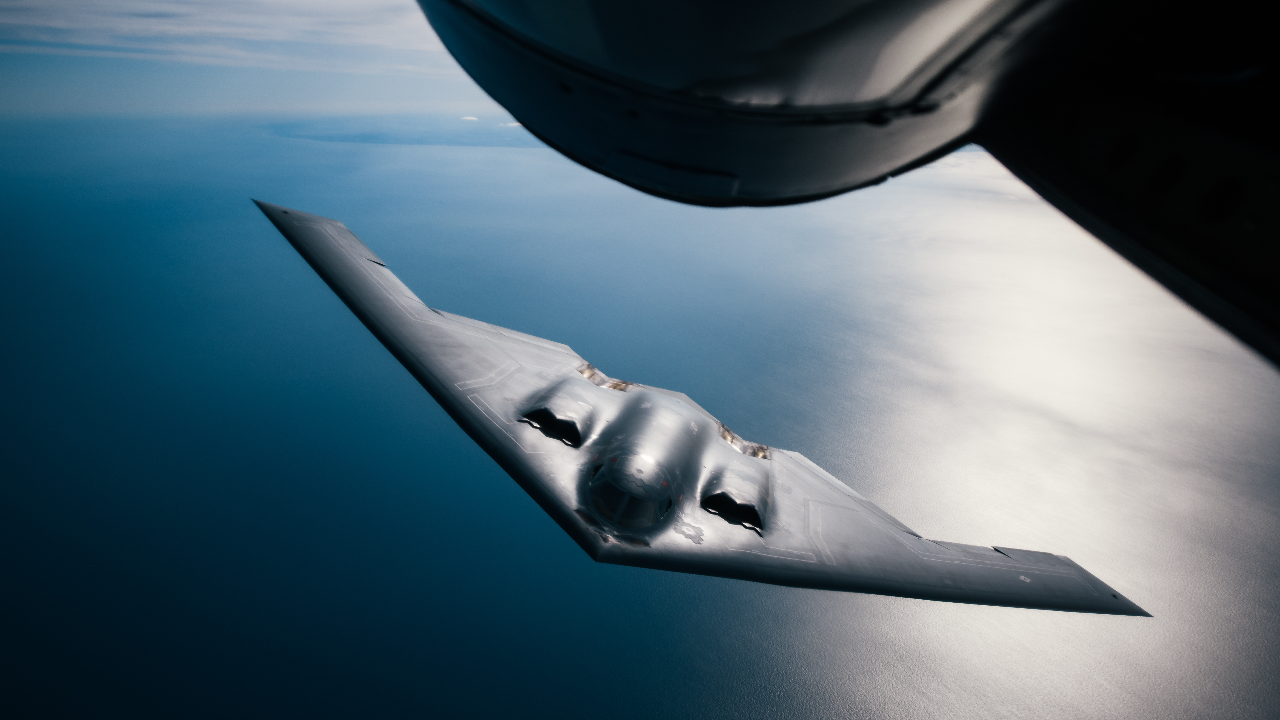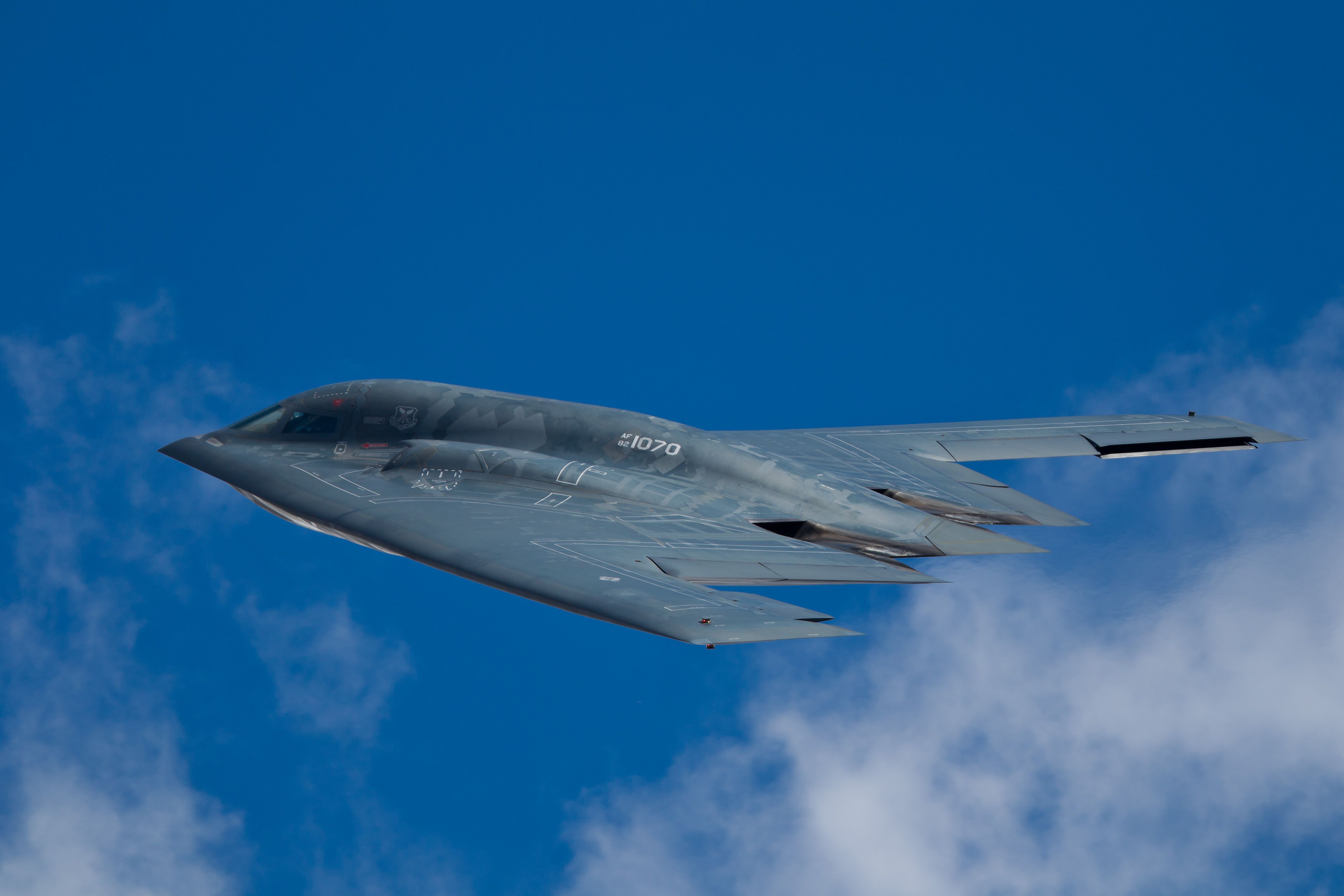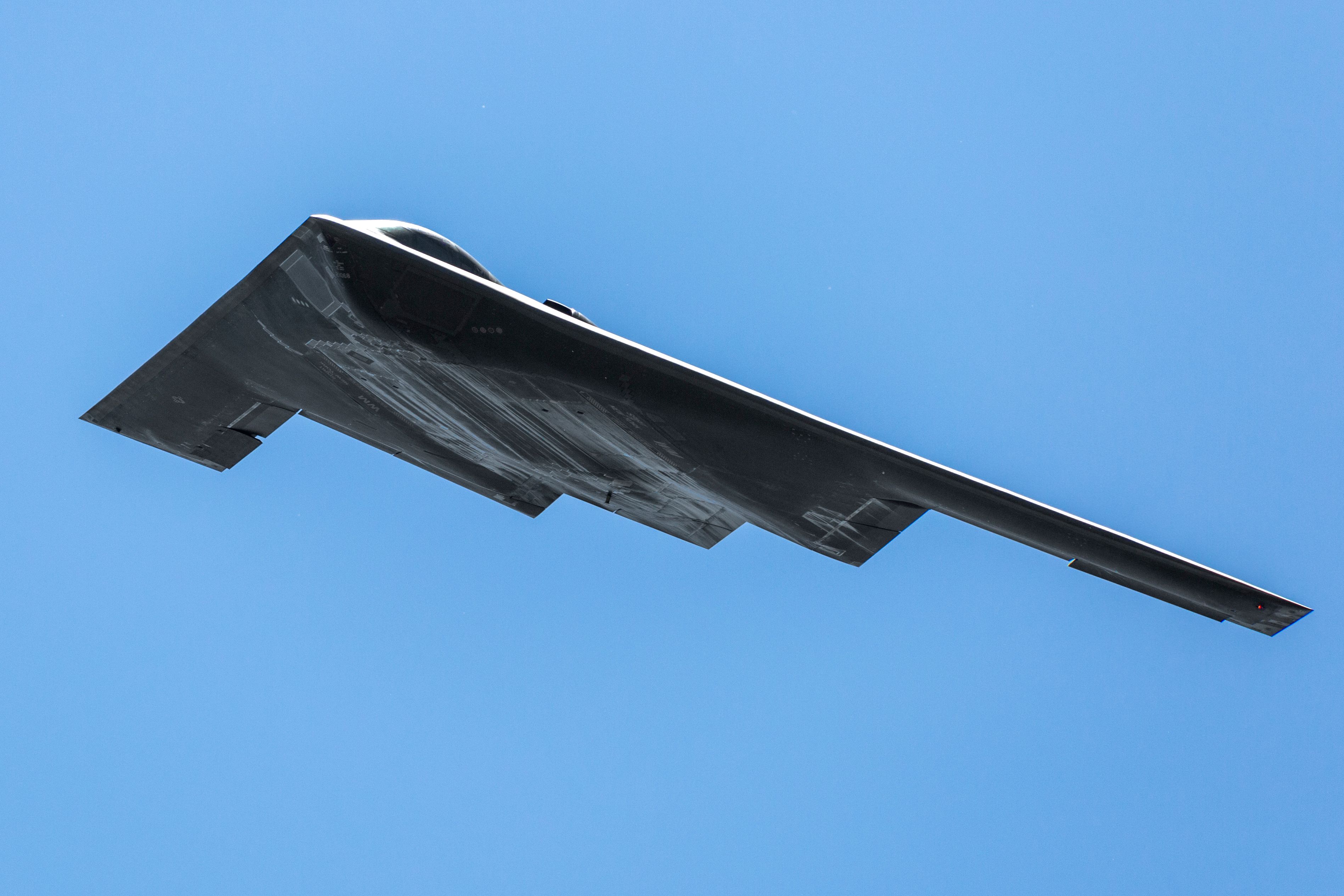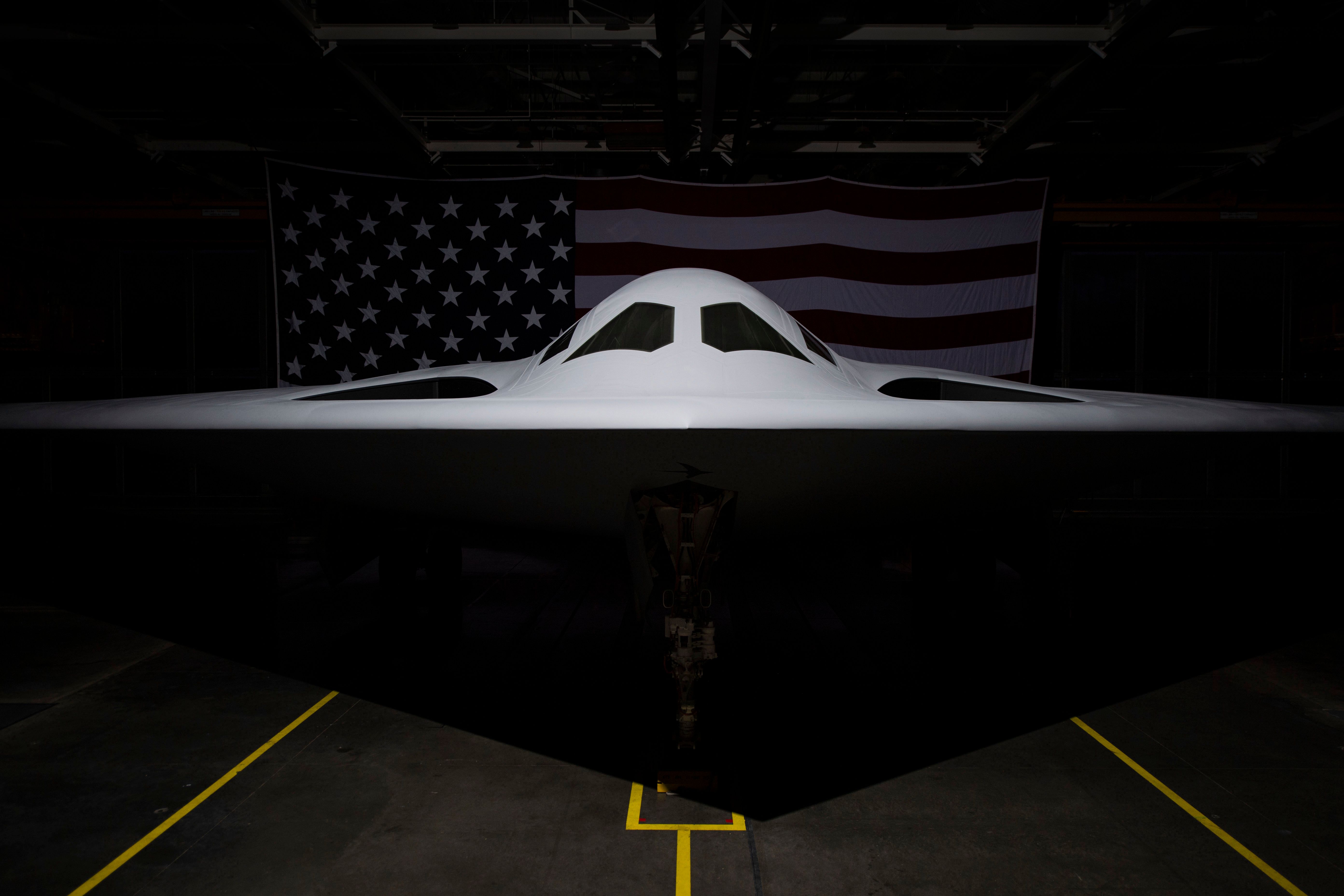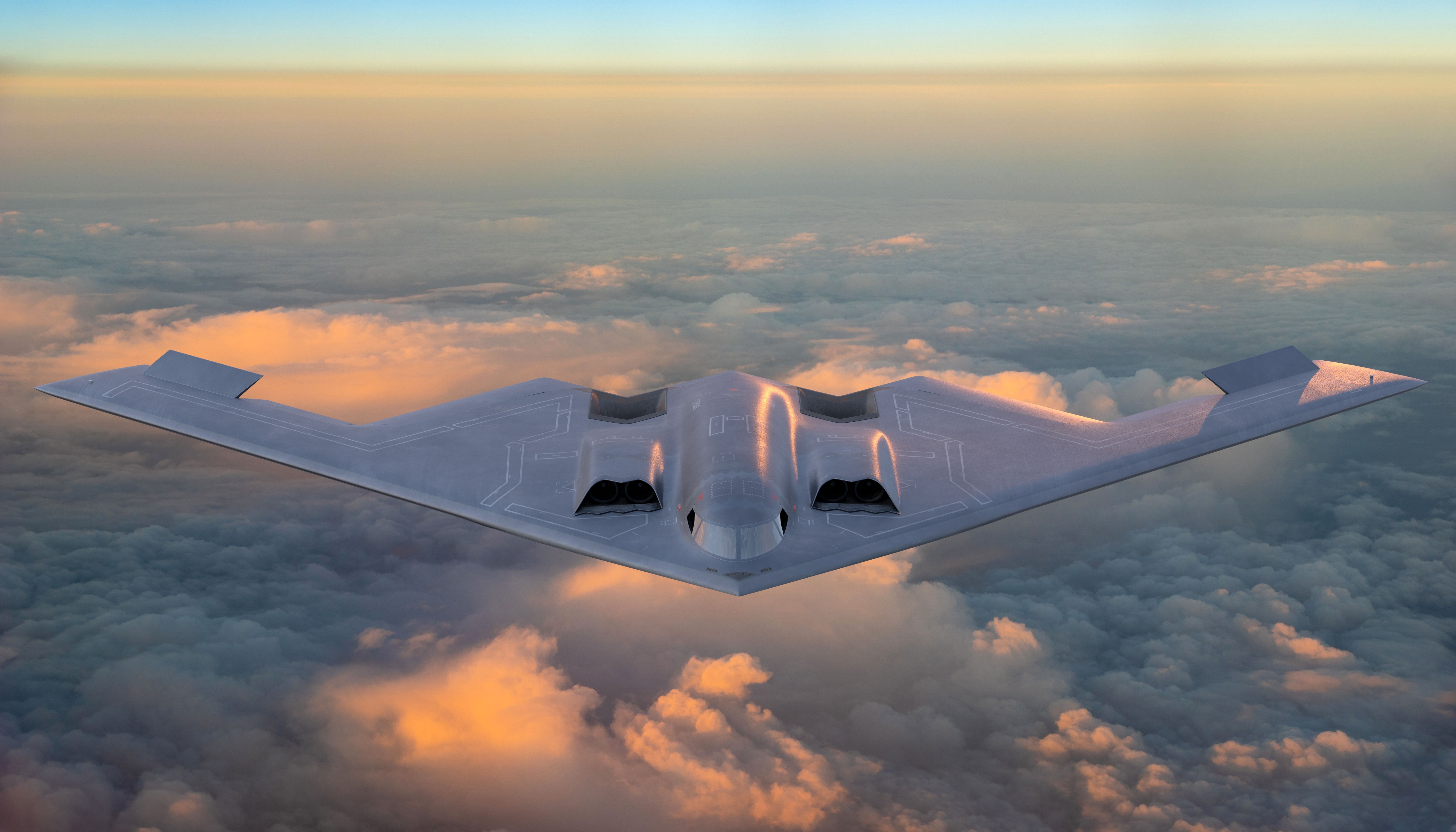Summary
- B-2 bombers to undergo $7 billion modernization contract to sustain readiness and enhance capabilities.
- Aircraft maintenance alone costs make B-2 one of the most expensive globally, with each nearing $350 million.
- The B-21 Raider set to replace the B-2 Spirits in the 2030s, with estimated production of around 100 bombers.
Northrop Grumman has been awarded a major contract for the continuing sustainment and enhancement of the capabilities of the Air Force’s B-2 Spirit stealth bombers. The contract for only 20 strategic bombers is reported to be worth up to $7 billion.
The B-2 Spirit has been in service for around three decades and remains unchallenged in the skies. It forms an important part of America’s capabilities to strike deep, penetrate enemy air defenses, and provide an air-launched nuclear strike capability.
B-2 Spirits to be overhauled
Jerry McBreaty, the director of Northrop Grumman and the acting B-2 program manager, stated the modernization would enable the B-2 Spirit to meet the needs of the US Air Force. These are incredibly complicated and advanced aircraft and any work on them is going to be expensive and specialized.
Photo: Anatoliy Lukich | Shutterstock.com
“In partnership with the Air Force, Northrop Grumman is ensuring the B-2 Spirit fleet remains viable and mission-ready. The $7 billion Flexible Acquisition Sustainment Team III contract award is a reflection of our commitment to strengthening the B-2’s sustainment as we continue to modernize the aircraft to meet the needs of the U.S. Air Force.” – Jerry McBreaty, Northrop Grumman director (reported by Breaking Defense)
Breaking Defense reported that the Pentagon stated the contract for the B-2 stealth bombers would run through 2029. The contract includes sustainment, enhancements, logistics elements (including sustaining engineering), support equipment, and software maintenance.
In its budget request, the Air Force is requesting $63.9 million for B-2 procurement in its fiscal 2025 budget and a total of $207 million through to 2029.
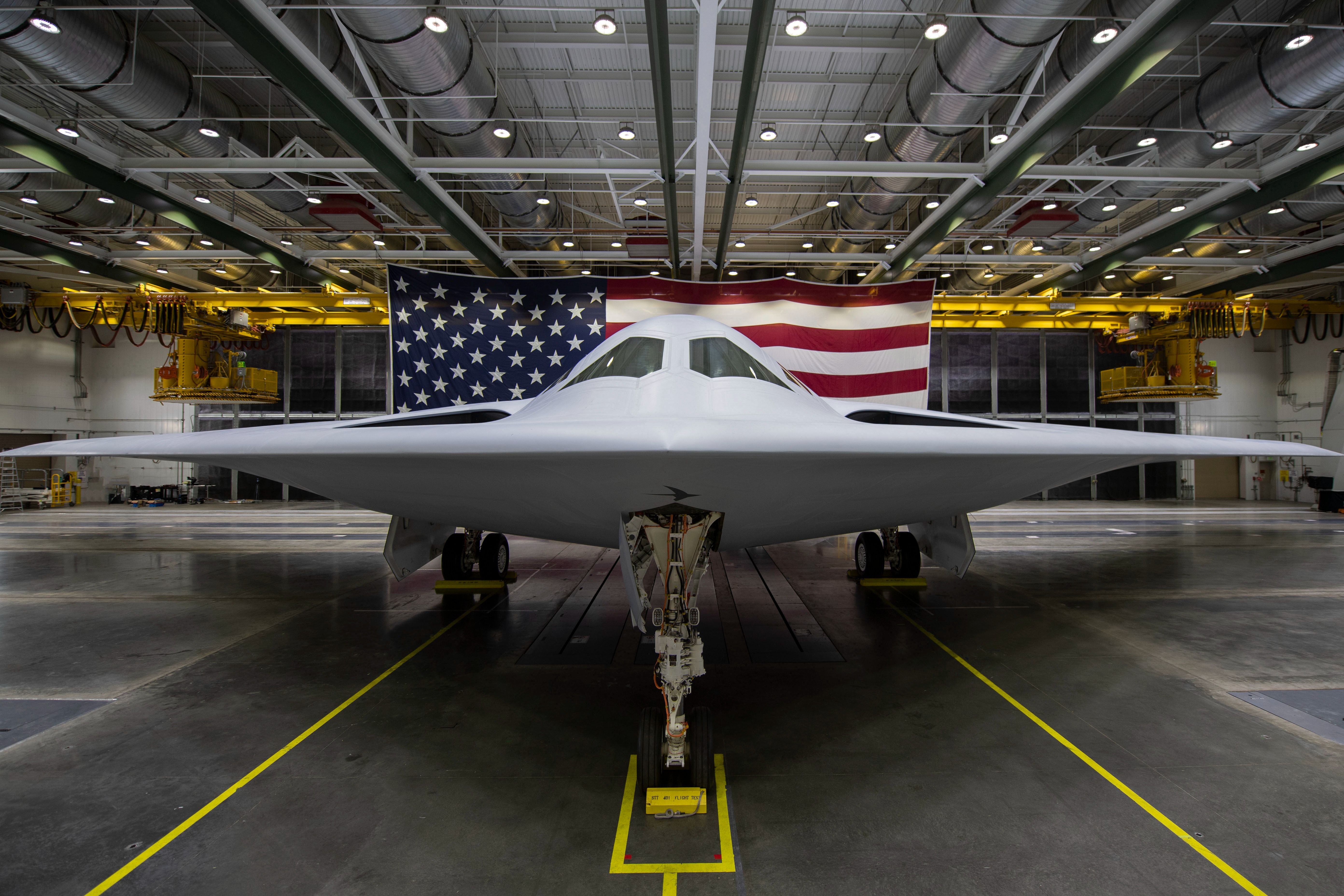
Related
B-2 Spirit Vs B-21 Raider: What’s Changed?
When it enters service, the B-21 will replace the USAF’s B-2 Spirit bombers.
America’s most expensive aircraft
The B-2 Spirit costs around $2 billion per aircraft when development expenses are added in. The Air Force states that the cost per B-2 unit was $1.157 billion in 1998. According to the US Inflation Calculator, that would be around $2.2 billion in 2024 dollars. This makes it the most expensive military aircraft ever built (at least until the Air Force One replacement enters service).
Photo: BlueBarronPhoto | Shutterstock
The $7 billion contract underscores just how expensive aircraft are. With only 20 B-2s in service, this works out to around $350 million per aircraft. The cost of the maintenance and upgrades would alone make it one of the most expensive aircraft in the world; for example, the F-35 ‘only’ costs around $110 million each.
Planned B-21 Raider replacement
According to the Air Force’s current plans, the B-21 Raider will gradually replace the B-1 Lancers and then the B-2 Spirits in the 2030s. This means this contract is likely to be the last one for the iconic flying wing (although it is always possible events may compel the Air Force to keep them in service for longer).
The B-21 Raider is touted as the world’s first sixth-generation aircraft and is now in a low rate of production. The Air Force is expecting to procure around 100 of these futuristic bombers (although the exact number could go up or down).
The B-21 Raider (while still massively expensive) is currently being developed under budget. Perhaps surprisingly, the (now near-ancient) B-52 Stratafortresses are expected to outlive their successor B-1 Lancers and B-2 Spirits and service into the middle of the century.
Air and Space Forces Magazine has recently reported that the Air Force has since described the plan to retire the B-1s and B-2s after the B-21 enters service as obsolete. No successor roadmap has been publicly revealed.
Photo: Northrop Grumman
It should be noted that the Air Force is (predictably) opaque regarding disclosing details about its strategic bomber fleet. Information is hazy about when the B-1 and B-2 will be retired, and the production timeline of the B-21 is vague. Air and Space Forces Magazine estimates it will initially be built at a rate of three per year, rising to not more than 10 per year.
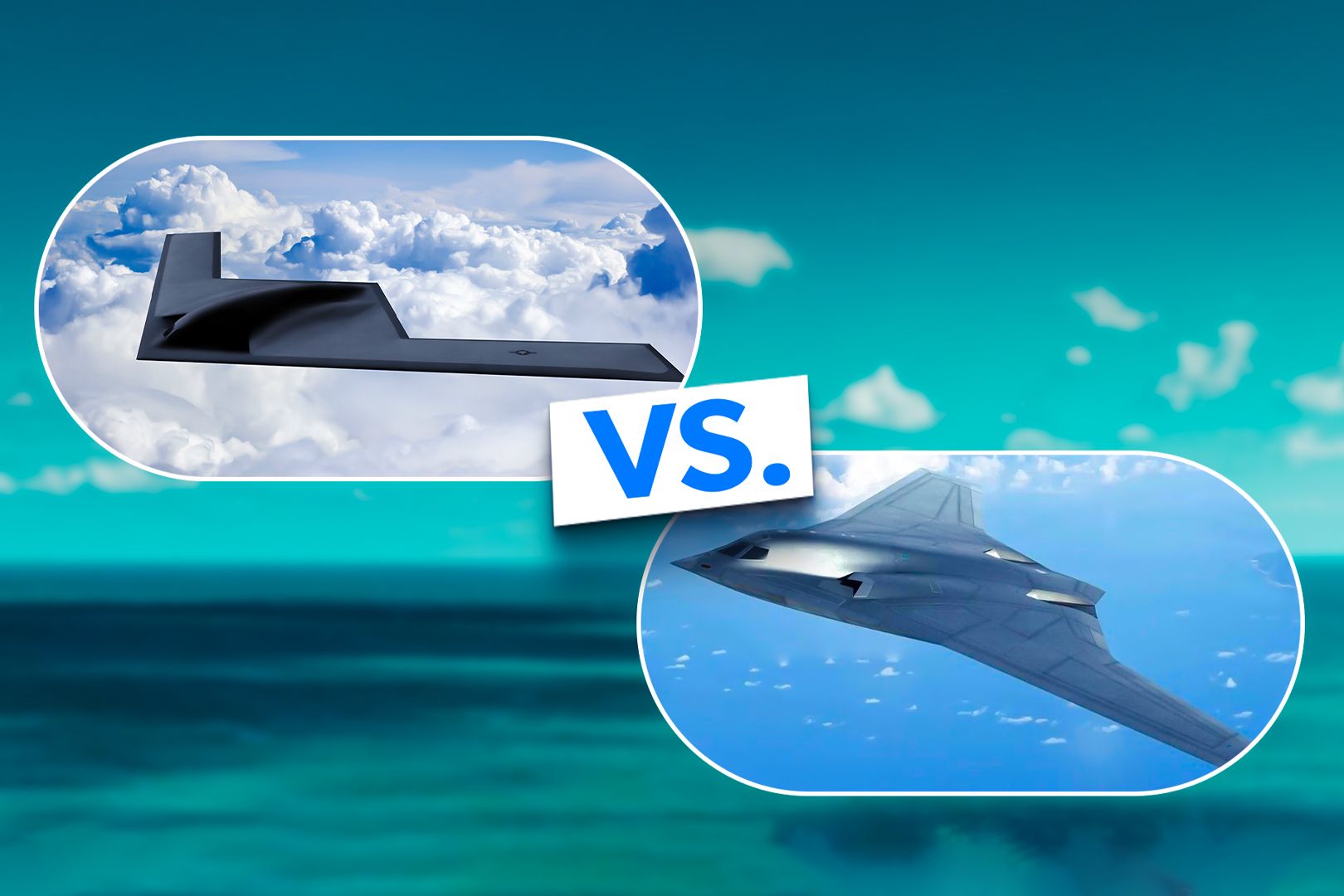
Related
Xi’an H-20 Vs B-21: Which New Bomber Is Stealthier?
The Chinese are rumored to soon unveil their first stealth bomber while the American stealth bomber is entering production.
The B-2 Spirit fleet
“Its low-observable, or “stealth,” characteristics give it the unique ability to penetrate an enemy’s most sophisticated defenses and threaten its most valued, and heavily defended, targets. Its capability to penetrate air defenses and threaten effective retaliation provides a strong, effective deterrent and combat force well into the 21st century.” – US Air Force
The B-2 Spirit suffered the same fate as the F-22 Raptor. It was a very advanced and expensive program designed to fight the Soviets or another peer competitor. However, with the end of the Cold War, America was left without apparent peer rivals, and the programs were prematurely axed with the Peace Dividend.
Only 21 were built (including test aircraft later upgraded to combat capability). Today, 20 remain in service following the crash of a B-2 Spirit on takeoff in 2008 at Andersen Air Force Base.
Until the B-21 Raider and the Chinese Xi’an H-20 stealth bomber come into service, there is nothing like the B-2 Spirit. It remains the world’s only stealthy (or low observable) strategic bomber, creating stealth through a combination of reduced infrared, acoustic, electromagnetic, visual, and radar signatures. Air defense systems find it difficult to detect, track, and engage the B-2 (although no aircraft is ever invisible or invincible).
Photo: Mike Mareen | Shutterstock
The B-2 Spirit is a multirole bomber able to deliver both conventional and nuclear munitions and represents a dramatic leap in technology. It enables the United States to bring massive firepower to bear almost anywhere, anytime, across the globe. It was designed to fly right through what had previously been impenetrable air defenses. Its impressive unrefueled range is approximately 6,000 nautical miles.
